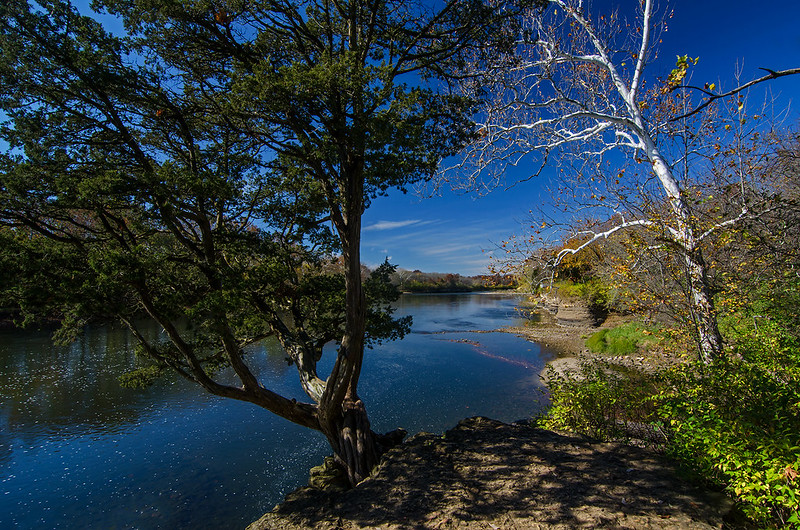
A wet snow fell overnight, then temperatures dropped into the single digits, freezing the snow on every branch of the trees at Waterfall Glen. Some of the snow turned to ice, and shimmered in the light of the setting sun.
This was the beginning of our hike to the waterfall- an easy 1/4 mile or so, made all the more enjoyable by our surroundings. It's days like this I don't even notice the cold.
The waterfall is at the lowest part of the area, and was almost absent of snow on the trees, probably protected by the trees growing above the ridge. While the light and amount of snow near the falls were not as significant as I hoped, the walk to and from was inspiring.

































